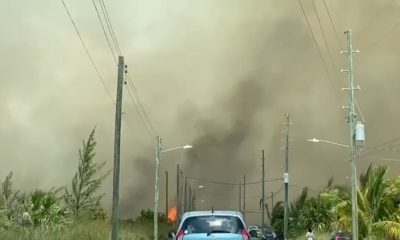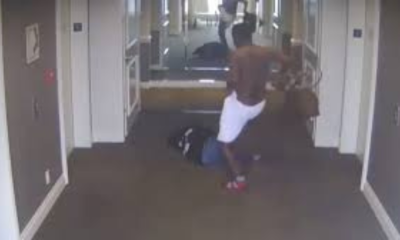National
Sustainability First: Safety Tips for Driving In Floods
NASSAU, BAHAMAS – If you find yourself driving through floodwaters, here are some tips to prevent your car from breaking down due to flooding.
-

 National2 days ago
National2 days agoFire Chief Suspects Discarded Bottles Sparked West NP Bushfire
-

 Court1 day ago
Court1 day agoTeens Charged With Weekend Murders
-

 National2 days ago
National2 days ago“We Don’t Want A Hospital In Our Backyards”
-

 National1 day ago
National1 day agoExpert: If You Suppress Forest Fires Too Long, The Fires Get Bigger
-

 National3 hours ago
National3 hours agoPolice: Children Involved In Gang Activity, This Will Be Your Fate
-

 Court2 days ago
Court2 days ago6-Year Sentence For Armed Robber Who Took Plea Deal
-

 Lifestyle3 hours ago
Lifestyle3 hours agoKeeping The Vibe Alive With Authentic Bahamian Music
-

 Court1 day ago
Court1 day agoMan Accused Of Molesting 15-Year-Old Denied Bail

























